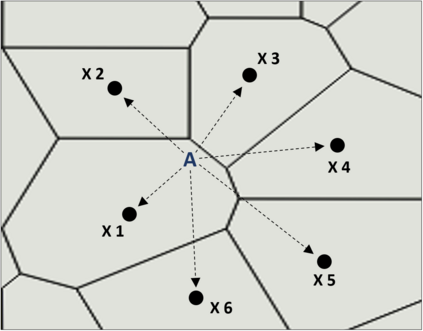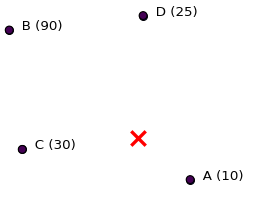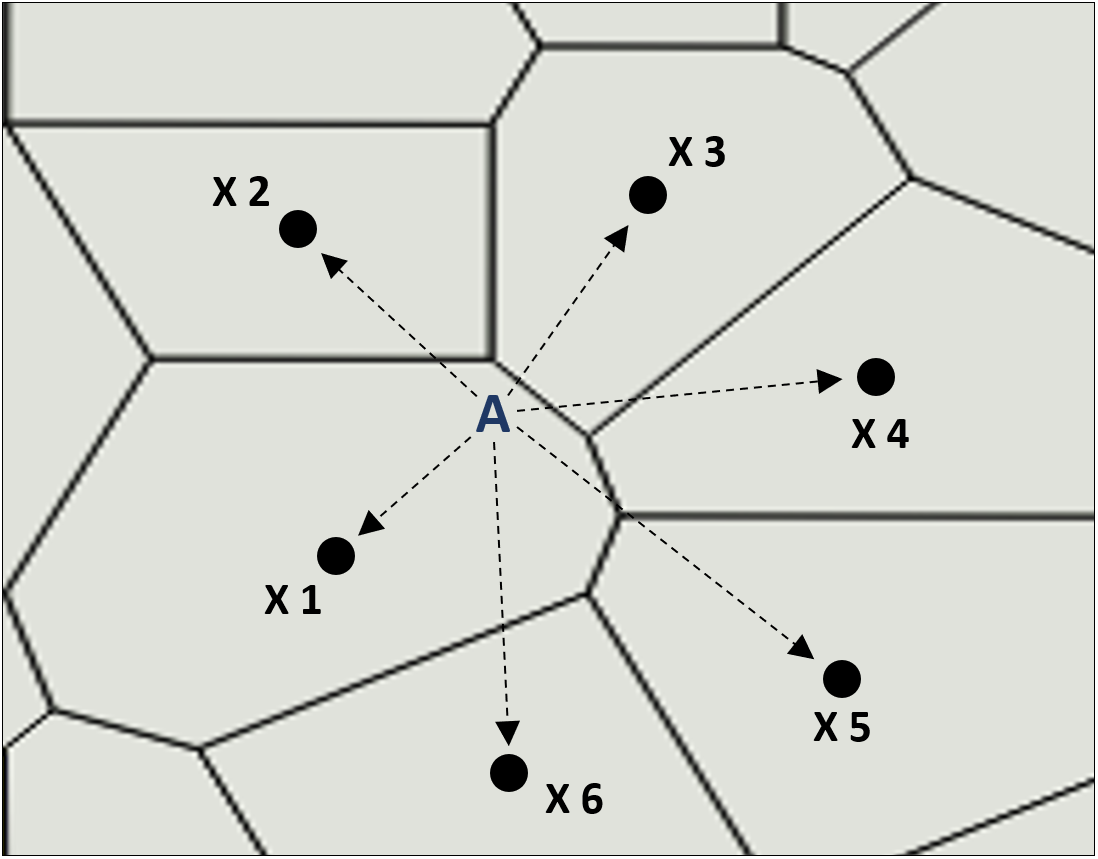Understanding human mobility is essential for many fields, including transportation planning. Currently, surveys are the primary source for such analysis. However, in the recent past, many researchers have focused on Call Detail Records (CDR) for identifying travel patterns. CDRs have shown correlation to human mobility behavior. However, one of the main issues in using CDR data is that it is difficult to identify the precise location of the user due to the low spacial resolution of the data and other artifacts such as the load sharing effect. Existing approaches have certain limitations. Previous studies using CDRs do not consider the transmit power of cell towers when localizing the users and use an oversimplified approach to identify load sharing effects. Furthermore, they consider the entire population of users as one group neglecting the differences in mobility patterns of different segments of users. This research introduces a novel methodology to user position localization from CDRs through improved detection of load sharing effects, by taking the transmit power into account, and segmenting the users into distinct groups for the purpose of learning any parameters of the model. Moreover, this research uses several methods to address the existing limitations and validate the generated results using nearly 4 billion CDR data points with travel survey data and voluntarily collected mobile data.
翻译:目前,调查是进行此类分析的主要来源,不过,最近许多研究人员把重点放在Call Retail Record(CDR)上,以确定旅行模式;CDR显示与人的流动行为有关;但是,使用CDR数据的主要问题之一是,由于数据和其他人工制品(如负载共享效应)的平和分辨率低,很难确定用户的确切位置; 现有办法有某些限制; 以往使用CDRs进行的研究,在用户本地化时,并不考虑细胞塔的传输能力,而是采用过于简化的方法确定负担共享效应; 此外,他们把整个用户视为一个群体,忽视不同用户群体在移动模式上的差异; 这项研究引进了一种新的方法,通过更好地检测载荷共享效应,将用户定位到CDRs,将传输力纳入考虑范围,将用户分成不同的组,以便学习模型的任何参数; 此外,这项研究采用几种方法,解决现有局限性,并用近40亿个已自愿收集的CDR数据进行流动调查,通过自愿收集数据。








